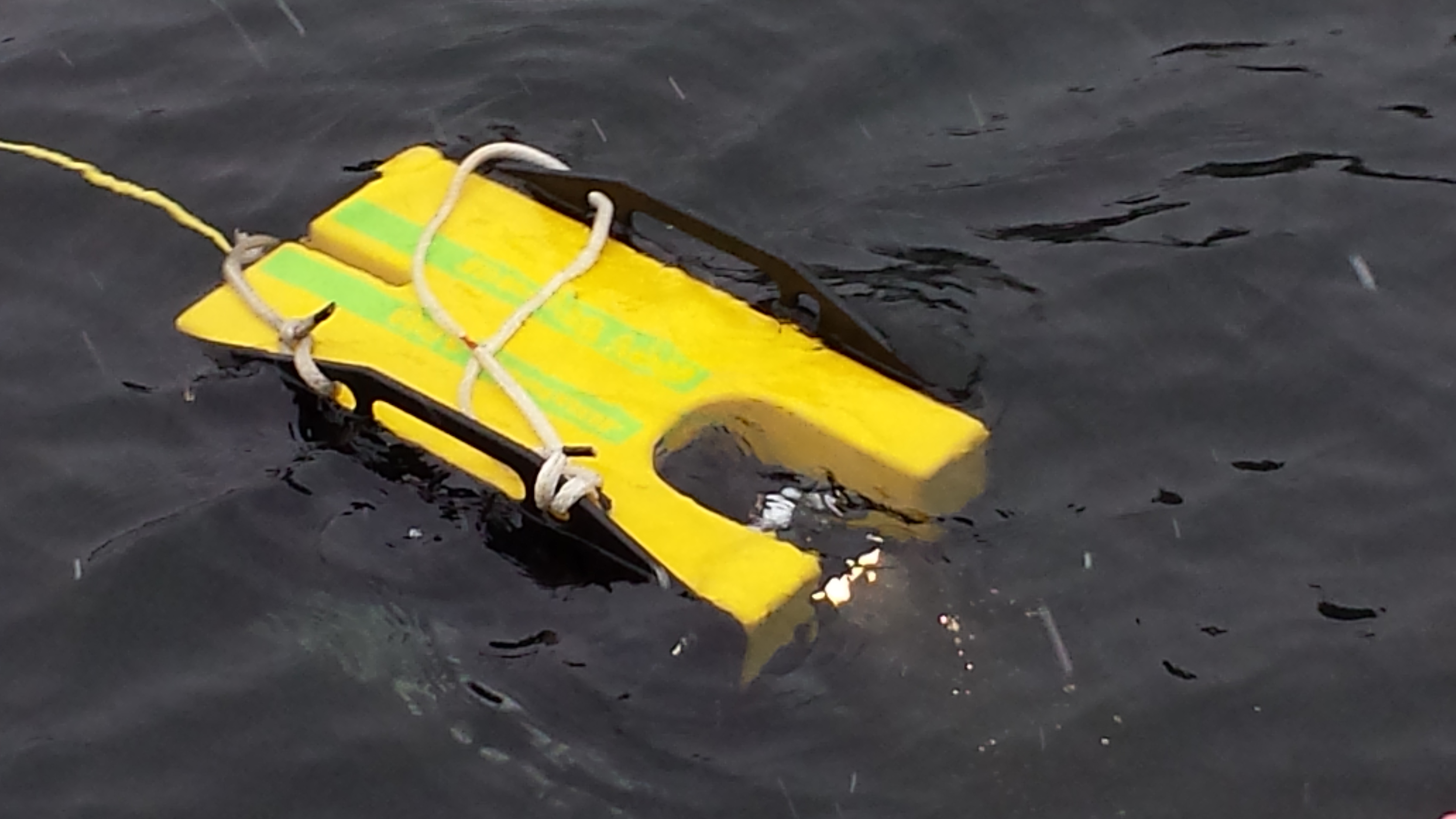Herring capture

PROJECT
Herring capture
Background
Hydroacoustic surveys are a common tool for measuring the biomass of fish in an area. The sensors used couldn't tell what type of fish that were being detected. Acoustic returns depend on the fish size, therefore it is important to include a sampling effort that can provide the types of fish present and their size distribution. This project supplied the fish samples needed by the disease, energetics, and genetics projects.
Method
Within each bay that was surveyed a mid-water trawl was deployed at locations determined during the hydroacoustic survey to collect fish. The catch was sorted by species, the total of each species is weighed, and then up to 200 fish of each species are individually weighed and measured. Fish were also captured using gillnets and cast nets for various projects.
What we learned
The focus of this project was to support other projects by collecting the fish needed for analysis. Fish samples were captured primarily during Herring Program cruises in Prince William Sound, with some collections also occurring in the Cordova Harbor. Additionally, fishermen contracted through Cordova District Fisherman United annually sampled herring in bays throughout Prince William Sound during March (2010 – 2015) using gill nets and cast nets. Gill nets were either hung off boats or anchored and supported with buoys. Cast nets were also deployed from vessels. A midwater trawl was purchased in 2012 to improve capture success as well as to validate acoustic surveys. While mechanical issues prevented its use during the November 2012 juvenile herring surveys, beginning in November 2013, the midwater trawl was the primary gear used to validate juvenile herring acoustics surveys. Target areas for trawl tows were selected based on acoustic surveys. Specifically, tows were conducted in areas with high levels of acoustic backscatter. The fish capture data also provided information about changes in population composition between locations.
PRINCIPAL INVESTIGATORS
Mary Anne Bishop, Ph.D.PWS Science Center
mbishop@pwssc.org




